Your dog’s crate is one of the most expensive “accessories” you will buy during the life of your dog, especially if you have a large dog. So just like any other big purchase, you should weigh your options and make sure you make the right purchase, otherwise, you will end up spending more money than is necessary. Here are 10 questions you should ask yourself to help buy the perfect crate for you and your dog.
#1 –How big will your dog get?
This is a HUGE question! Your little Great Dane puppy may only be 20 pounds now, but very quickly he will be much larger. Buying a crate every time he grows will get very expensive. Instead, get a crate that will fit him when he is grown, but comes with a divider so you can section off the appropriately sized area for him while training. That way, his crate can “grow” with him. Remember, your dog should be able to stand up, turn around, and lie down in his crate.
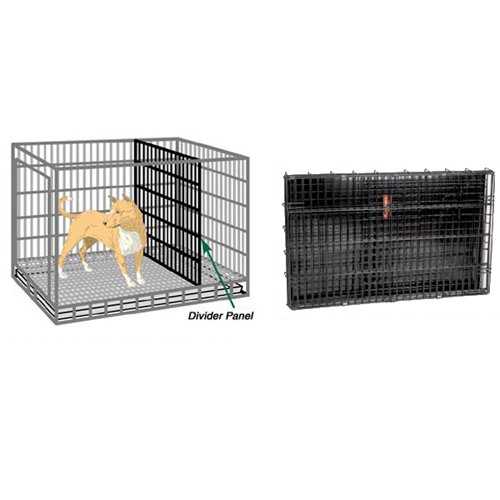
#2 – What do you plan on using your crate for?
Are you planning on using it as your dog’s permanent bed inside the house? If so, then a more decorative crate that is not necessarily mobile may be nice. If it’s going to be kept outside and only used on rare occasions, you will want something more durable. If you only need it when you take your pup the vet, then something small and portable will be better for you. Make a list and/or talk to your dog trainer about what you will be using your crate to make sure you get the correct type(s).
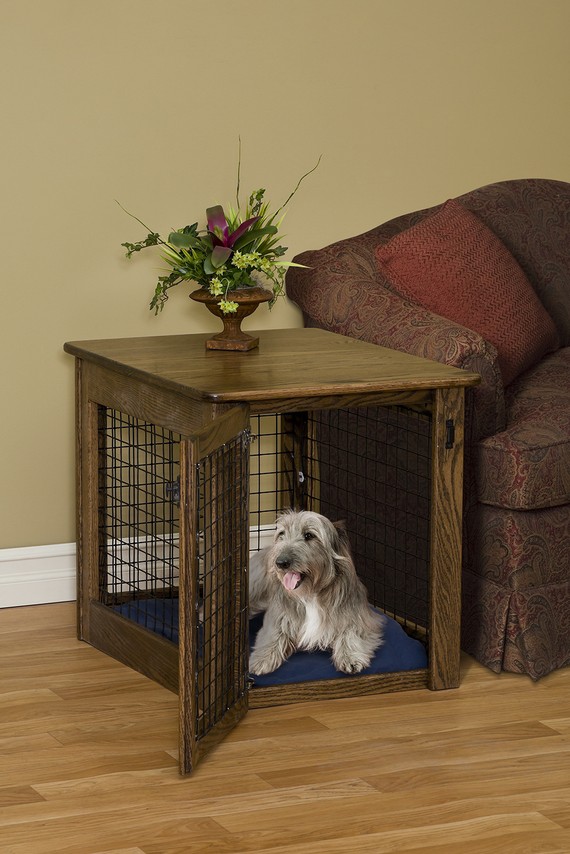
#3 – Do you need more than one?
Some people just leave a crate in the car if they travel daily and don’t want the hassle of lugging a crate (especially the big ones!) back and forth.
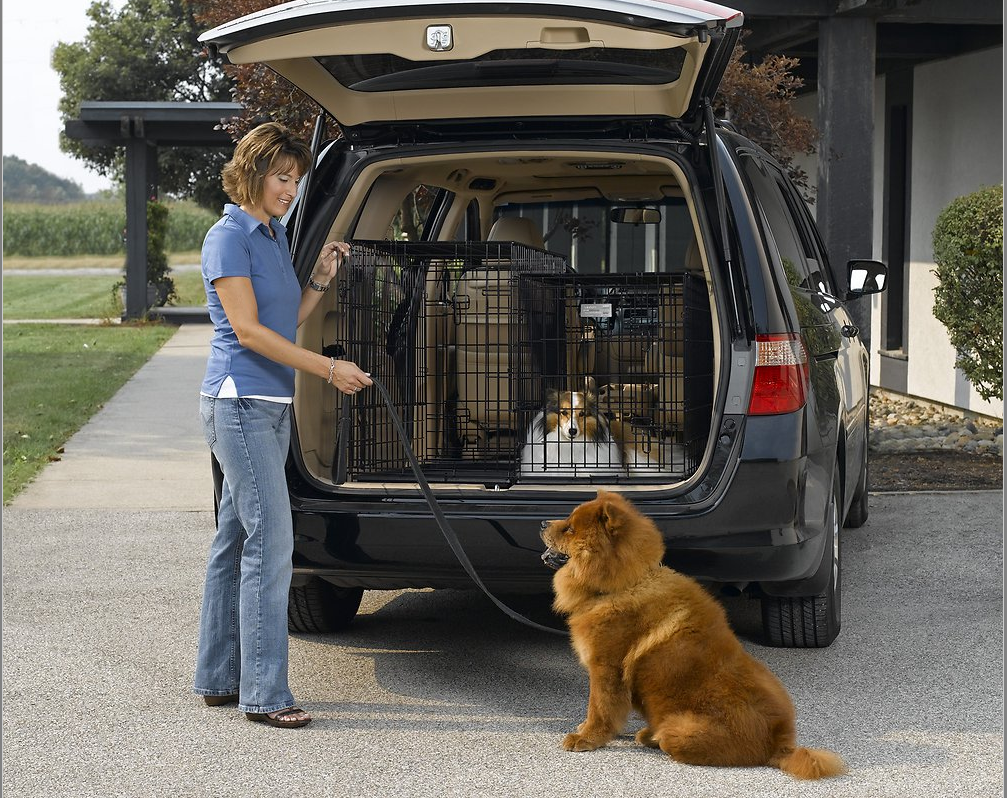
#4 – Does your dog chew?
If your dog chews or is not relaxed in his crate, don’t get a soft-sided one! He will chew through it faster than you ever thought possible. For these dogs, a secure wire or plastic crate is best. Leaving your dog with something to do, like a KONG, will help him not chew the crate as well. (Be aware, really destructive dogs can even chew through a plastic or a wire crate. Don’t leave your dog in his crate unattended for extended periods of time until you know whether your dog is going to chew it or not).
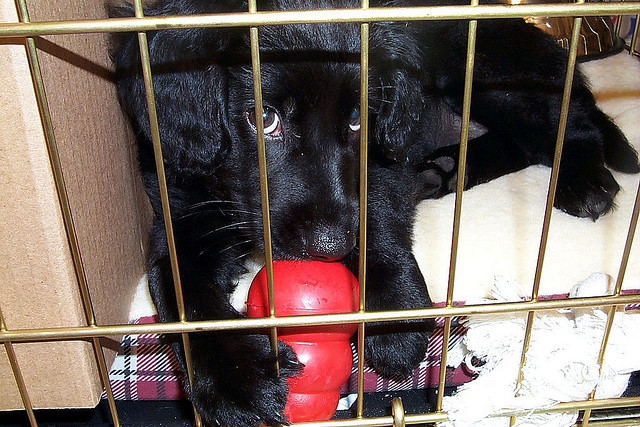
#5 – Do you take your dog on the road a lot?
If you travel with your dog, you are going to want a crate that breaks down easily, is lighter in weight and doesn’t take up a lot of space when broken down for travel purposes. Wire or soft-sided crates are usually better than plastic sided in that case, because they break down flat. Also, check out the Center for Pet Safety for their crash-test approval before purchasing a crate for the car.
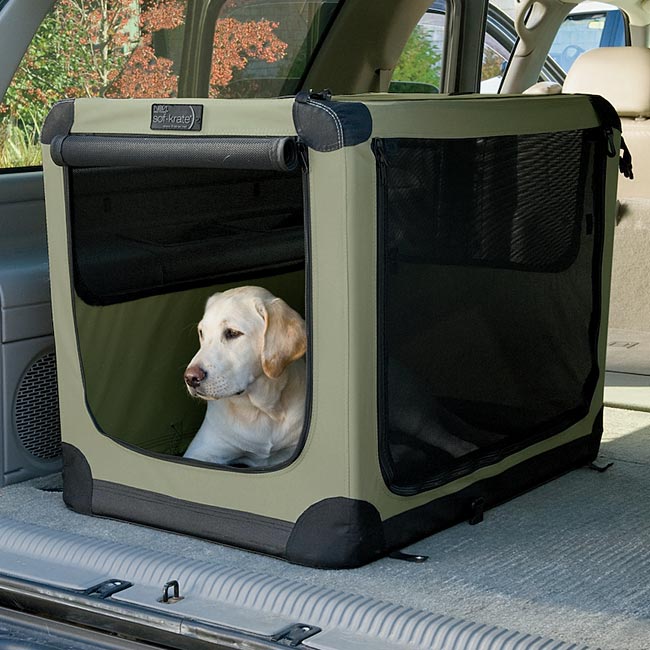
#6 – Do you plan on flying with your dog?
If you plan on flying with your dog, then you need to think about airline approved carriers. There are slight differences between airlines, so if you have an airline you always fly, check their website for a specific size and weight limits. Many plastic and soft-sided crates are airline-approved. You can check with the manufacturer and even call the airline to be sure before you buy.
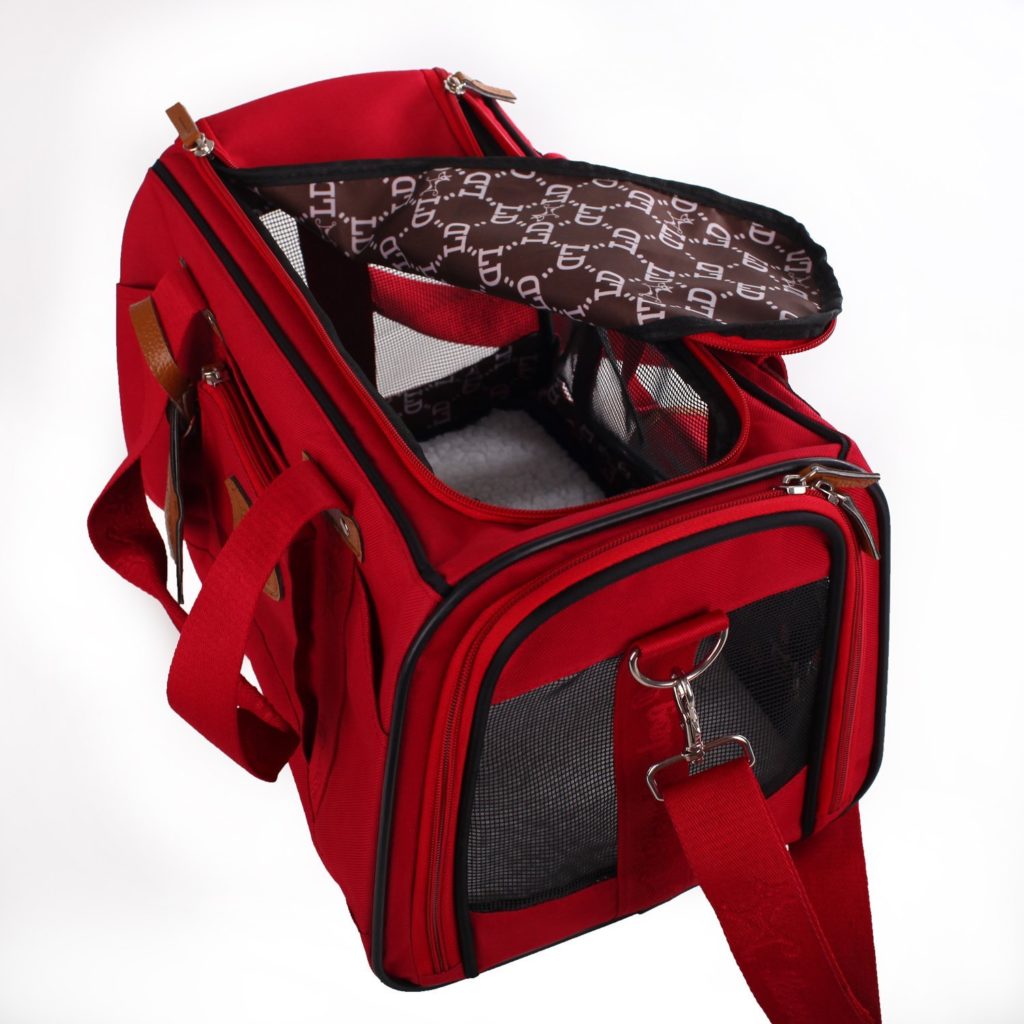
#7 – How long do you plan on leaving your dog in his crate?
Soft-side crates are only recommended for short periods of time when you are present because they are so easily broken out of. Many people use them for performance events such as agility, when they just need a temporary holding space in-between runs. However, if you are planning on leaving your dog unattended for a long period of time, a plastic or write crate is best – a determined dog can get out of a soft-crate in a matter of minutes.

#8 – Where are you storing your crate?
When you are not using your dog’s crate, do you have a place for it? Wire and soft-sided crates are nice because they break down flat and can even be slid under a bed if need be. Plastic kennels are bulkier and take longer to set-up/break down, so they are best in situations where you have the space to keep your crate built.
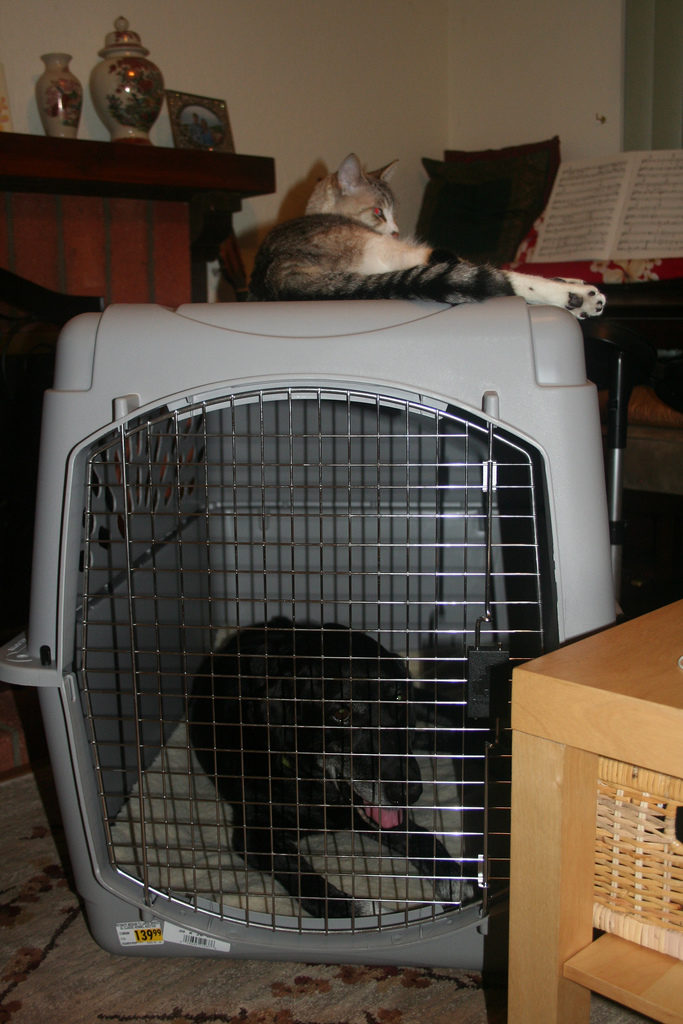
#9 –Will your dog being too hot/too cold?
Think about the temperature where you live and when your dog is going to be in the crate. If it gets hot where you live, you may prefer a wire crate because there is more airflow. However, they also have no protection from the sun, so you may want to put a towel on the top of the crate to block the sun, but allow airflow along the sides. You can also buy a crate fan for added cooling. If it’s cold, you may decide a plastic crate is better, because of its solid wall. You can also buy a crate cover for a wire crate, making it suitable for hot or cold weather.

#10 – Is your dog quiet or reactive in his crate?
If you have a dog that is reactive in his crate, you may prefer the plastic ones, because they have solid walls and so your dog will see less (which can mean less reaction). In addition, some dogs injure themselves on the wire if they bite at the bars – I have heard of dogs getting their jaws stuck in them. If you still want a wire crate, for other reasons, you may want to buy a crate cover to help keep your dog calm while he is in his crate.

 Toledo, United States.
Toledo, United States.